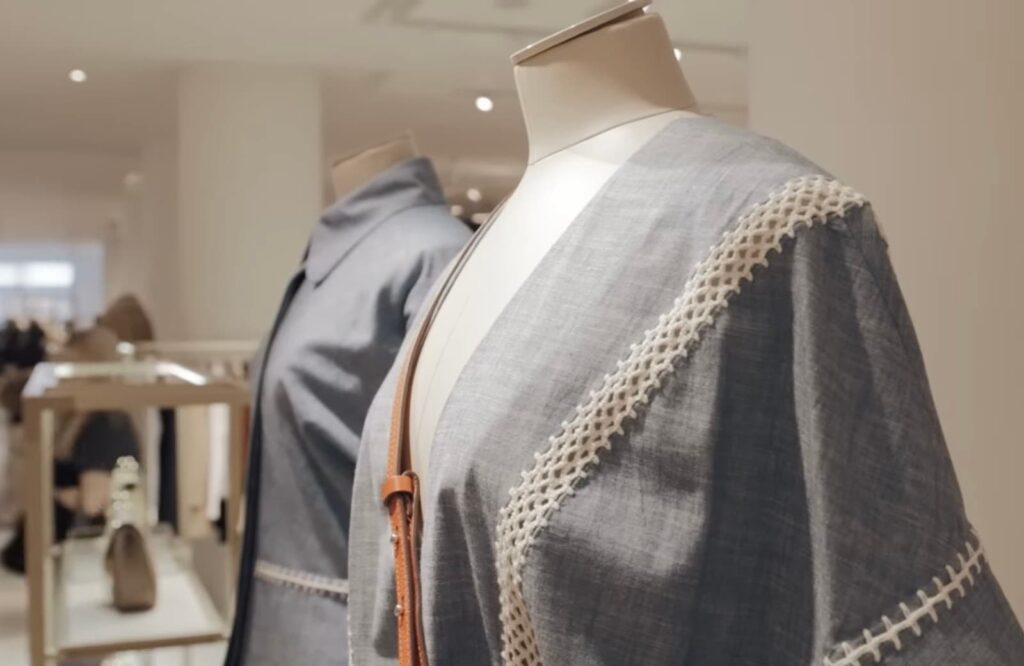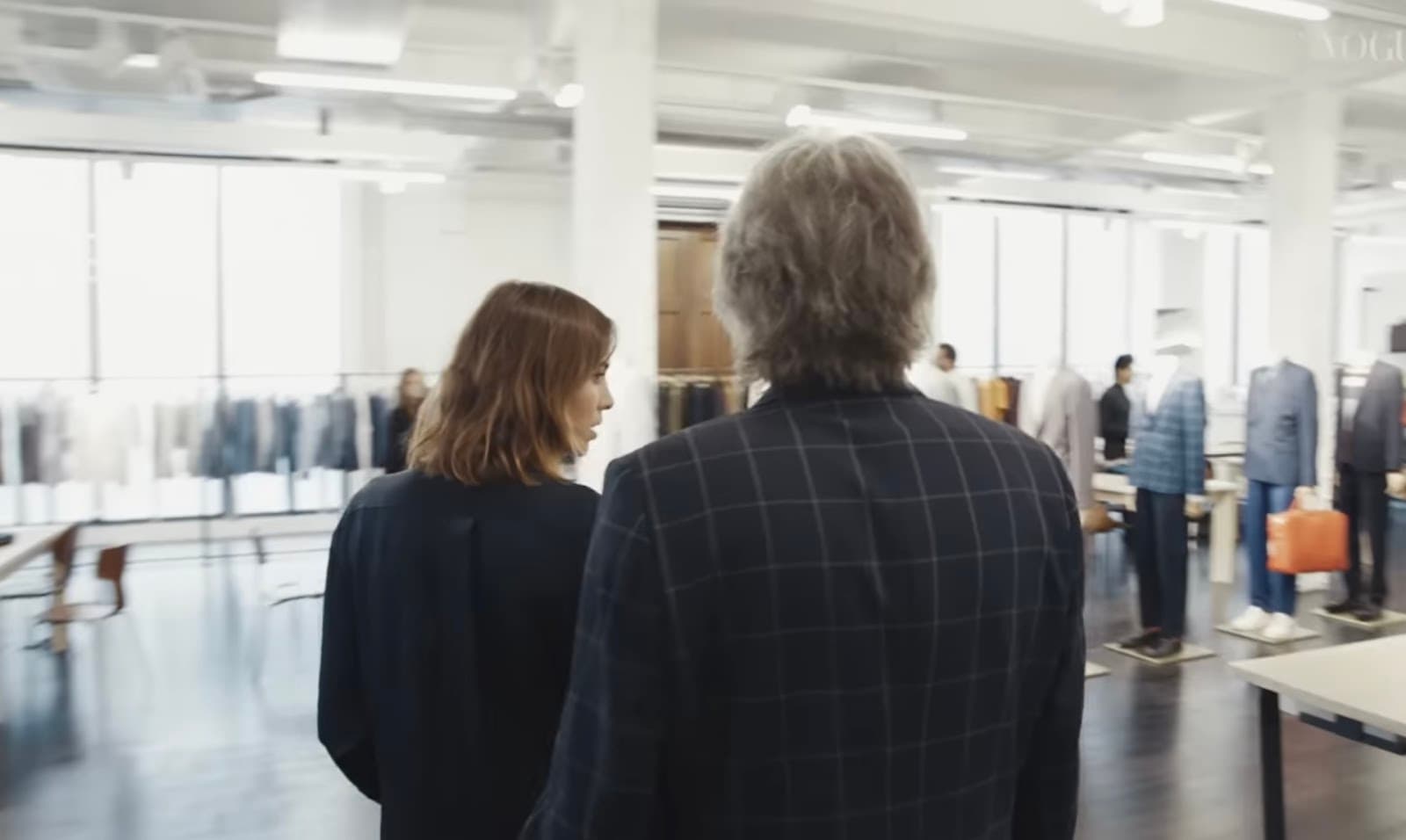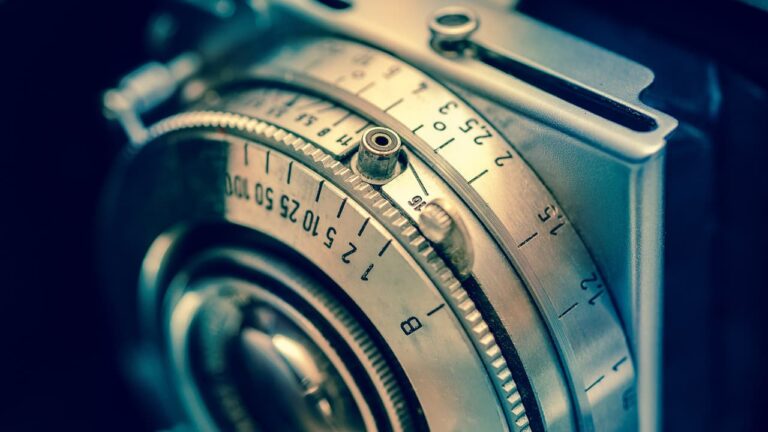Navigating the fashion industry, one quickly discerns that a Fashion Buyer isn’t merely a job title, but a confluence of passion, acumen, and strategy. Beyond the facades of luxury travels and runway shows, a Fashion Buyer operates at the nexus of commercial viability and creative vision. They possess the rare ability to forecast trends and translate them into profitable merchandise selections for their respective brands or retail outlets.
Every decision a Fashion Buyer makes has reverberations through the supply chain, from the designers and manufacturers to the store floors and ultimately, the consumers. Their choices determine not just what products get displayed in the storefront, but also the brand’s financial performance for the season. This underscores the immense responsibility they carry, where an inaccurate judgment can have significant repercussions.
It’s a career that demands a keen aesthetic sense coupled with a robust understanding of market dynamics. Those successful in the role seamlessly marry their intuition about fashion with concrete data, ensuring they remain attuned to consumer desires while staying ahead of the competition. The position is as much about number-crunching and market analysis as it is about recognizing the next big trend.
Thus, the life of a Fashion Buyer, while undoubtedly infused with the allure of the fashion world, also requires a meticulous, analytical mindset. It’s a profession that celebrates the harmonious blend of creativity with commerce.
Delving into the World of Fashion Buying
When you’re browsing through the racks at a boutique, do you ever ponder how certain items found their way there? It’s not a random occurrence. The array of garments in one city’s store for a specific brand might differ entirely from another city’s collection for the same brand. Even online, there can be variations in the available products of the same brand. Behind these selections stands the fashion buyer, whose decisions are deeply rooted in understanding customer preferences, market shifts, and sales histories.
The role of a fashion buyer combines art and science. While they use analytical skills to interpret market data and sales histories, they also rely on their intuition to forecast trends. To do their job effectively, they need to get inside the minds of the brand’s target customers, determining which items will resonate based on factors like age, geographical location, and purchasing habits. This involves meticulous data analysis, deciphering which items are hits or misses, and making buying decisions that maximize profit margins.
Being on the fashion frontlines, buyers immerse themselves in fashion shows, discerning upcoming trends. They keenly observe responses to new collections, with each city offering unique inspirations. They also dedicate time to trade shows and showroom visits, where they can get hands-on with products, learning about the intricacies of materials and designs. Networking with suppliers and managing purchase agreements also fall under their purview, as does overseeing stock levels and ensuring a smooth flow of information within the company.
A Day in the Life of a Fashion Buyer
Fashion buyers can be found working for individual brands, like Gucci, where they may be in charge of fabric sourcing or curating items for the brand’s retail outlets. Others might work for retail giants such as Selfridges or Saks Fifth Avenue, collaborating with a myriad of brands. Large fashion brands often employ specialized buying teams, with each member focusing on a specific product category, be it womenswear, menswear, or accessories. Regional specialization is also common, with certain buyers focusing on specific markets.
However, confusion sometimes arises regarding the role distinction between a fashion buyer and a fashion merchandiser. Though the roles often overlap and can vary between companies, it’s crucial to thoroughly understand job descriptions, as the two can be distinct in their responsibilities.
Essential Skills for a Fashion Buyer
Central to the buyer’s toolkit is Microsoft Excel. Routinely used to manage vast data sets, plan purchases, and analyze sales patterns, it’s an indispensable asset. Proficiency in other software like PowerPoint is also vital, given the regular presentations they deliver. A flair for numbers and robust analytical skills are paramount, as is organizational acumen, given the multifaceted nature of the job.
A successful fashion buyer is always on the lookout for emerging trends, making trend forecasting knowledge crucial. They also need a fine-tuned sense of creativity to align with the brand’s vision and to identify what will resonate with consumers. Effective communication is essential, both written and verbal, as they’ll frequently liaise with brands, suppliers, and other departments. Moreover, top-notch negotiation skills are a must-have.
Pathways to Becoming a Fashion Buyer
While many opt for specialized fashion school degrees in Buying or Merchandising, it’s not the only route. At Glam Observer, the belief is that diverse educational backgrounds can also lead to a career in fashion buying. Commonly, fashion buyers come from fields like economics, business, or finance. But the path is varied; some have even transitioned from law backgrounds to esteemed positions at luxury brands like Dolce & Gabbana. A foundation in marketing, given its consumer-centric focus, is also valuable. If you’re passionate about entering the world of fashion buying, your unique educational journey could still be your ticket in.
What’s the Average Pay for a Fashion Buyer?
Fashion buyer salaries vary based on experience and geographic location. For those starting out, the assistant buyer position offers an average annual income of $48,600 in New York City, £22,000 in London, €29,957 in Milan, and €35,000 in Paris. Seasoned buyers can expect salaries averaging $75,800 in New York City, £36,000 in London, €46,642 in Milan, and €42,444 in Paris.
It’s essential to understand that these figures are ballpark estimates. Different brands, even within the same company but in varying regions, might offer distinct salary packages. For instance, a Dior buyer in NYC might earn differently than their counterpart in Paris, irrespective of their experience.
Embarking on a Career as a Fashion Buyer
For aspirants dreaming of a career in fashion buying, it’s essential to realize that the fashion industry, while glamorous on the surface, thrives on meticulous planning and detailed data analysis behind the scenes. This is where proficiency in tools like Excel comes into play. Excel isn’t merely a software program; for a fashion buyer, it’s a lifeline that aids in making informed, strategic decisions based on data. By demonstrating expertise in Excel, one sends a clear message to potential employers about their commitment to excellence and their readiness to handle the multifaceted nature of the role.
However, theoretical knowledge must be complemented by practical experience, which is where internships play a pivotal role. Interning with leading brands or retail giants like Saks Fifth Avenue or Net-a-Porter can provide a firsthand glimpse into the dynamic world of fashion buying. These internships are not just about learning the ropes; they are about immersing oneself in the brand’s ethos, understanding market dynamics, and building a network that could be invaluable in the future.
Moreover, the fashion industry is known for its diversity and inclusivity. While a degree in fashion or business can be an asset, it’s not a rigid prerequisite. Many in the industry have charted their own unique paths, coming from backgrounds in humanities, sciences, or arts. What truly matters is an individual’s ability to blend analytical rigor with creative flair. By showcasing proficiency in tools like Excel, a deep understanding of market trends, and a passion that goes beyond the superficial, one can pique the interest of industry stalwarts.
In essence, for those aspiring to make a mark in fashion buying, it’s crucial to equip oneself with the right skills, seek out invaluable experiences, and approach the journey with an open mind and heart. The world of fashion is vast, and there’s room for everyone who approaches it with dedication and zeal.
Locating Opportunities in Fashion Buying
Embarking on a career in fashion buying requires more than just a passion for style; it demands a strategic approach to job seeking. Typically, most aspirants initiate their search by perusing official websites of their favorite brands or groups. These platforms usually showcase open positions and provide insights into the brand’s ethos, which can be an added advantage when tailoring applications. While official websites remain a reliable resource, the digital transformation of the job market means platforms like LinkedIn are becoming indispensable.
- With its vast network and industry-specific groups, LinkedIn facilitates not just the discovery of job opportunities, but also enables budding fashion buyers to connect with industry veterans, gain insights, and even seek mentorship.
- For those who prefer a more tailored approach to job hunting, subscriptions to niche newsletters like Glam Observer’s offer a curated selection of the most recent and relevant job listings. Such newsletters provide a streamlined view of opportunities, saving time and ensuring that seekers are always in the loop about the latest openings.
- However, in the competitive world of fashion, sometimes the most impactful moves are those that diverge from the norm. Traditional job hunting methods, while effective, can be complemented by more proactive approaches. Crafting a standout resume and drafting a heartfelt, personalized cover letter can make a spontaneous application or cold email stand out in a recruiter’s inbox. This approach not only showcases an applicant’s eagerness but also highlights their innovative spirit and drive. Companies, regardless of the industry, tend to appreciate such proactive gestures as they often signal a candidate’s genuine interest and commitment to the role.
In summary, while there are multiple avenues to explore job opportunities in fashion buying, what remains constant is the need for passion, persistence, and a touch of creativity in one’s approach.

To wrap up
Entering the world of fashion buying is an enticing journey, melding creativity with analytical prowess. As we’ve explored, this career is not just about selecting the trendiest pieces for retail shelves but also about meticulous data analysis, market understanding, and forging robust relationships with brands and suppliers. It’s a dynamic role that’s at the heart of the fashion industry’s commercial success.
Key takeaways for aspiring buyers include the undeniable importance of mastering Excel. In the digital age, with information available at one’s fingertips, proficiency in data management tools is invaluable. This expertise, paired with a genuine passion for the fashion landscape, will serve as a foundation for a promising career in the domain.
Furthermore, while formal education in fashion or related fields can be beneficial, it’s by no means the sole pathway into the industry. Diverse educational backgrounds, coupled with the right skillset and determination, can open doors. Remember, recruiters are seeking a blend of technical know-how and an intuitive understanding of market trends. They value candidates who can navigate the intricacies of the fashion world with agility and foresight.
Internships are golden gateways into the industry, offering real-world insights and networking opportunities. Leveraging platforms like LinkedIn and dedicated fashion newsletters ensures you stay abreast of the latest openings. Yet, as highlighted, the power of proactivity cannot be understated. Taking the initiative, whether by cold-emailing companies or presenting an unsolicited yet compelling application, can set one apart in a competitive landscape.
In summary, the world of fashion buying is as challenging as it is rewarding. It beckons those who have a flair for fashion, a knack for numbers, and an unwavering drive to shape the retail landscapes of tomorrow. With the right tools, mindset, and persistence, the journey to becoming a sought-after fashion buyer is not just a dream but an attainable reality.







